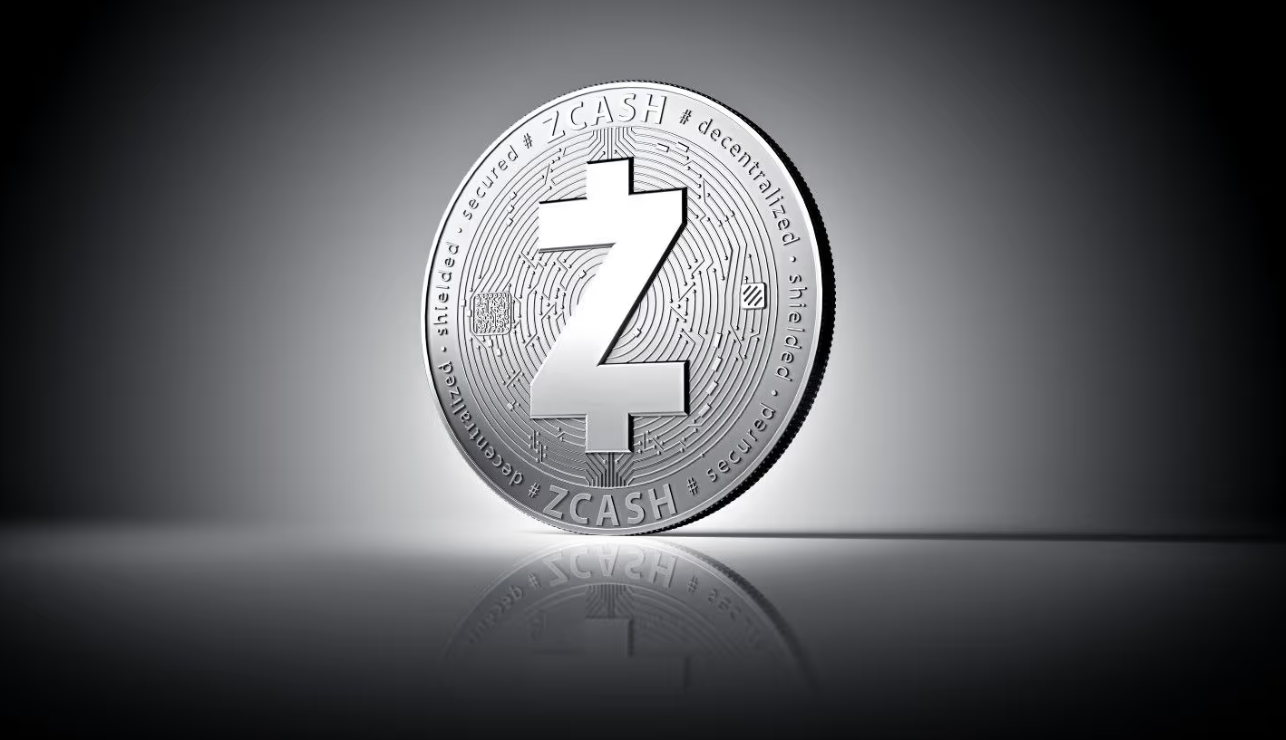
Zcash is Transitioning to Proof of Stake:
What You Need to Know
Zcash, the privacy focused cryptocurrency known for its zero-knowledge proofs and shielded transactions, is preparing for a major transformation: a move from Proof of Work (PoW) to Proof of Stake (PoS).
https://z.cash/
This change marks a pivotal moment in the project’s evolution and aligns Zcash with the growing trend toward energy efficient and community centric blockchain consensus mechanisms.
Launched in 2016, Zcash was one of the first cryptocurrencies to implement zk-SNARKs, a type of zero-knowledge cryptography that allows transactions to be fully encrypted while still being validated by the network. Users can choose between transparent addresses (t-addrs) and shielded addresses (z-addrs), giving Zcash a unique edge in terms of privacy.
Until now, Zcash has relied on Equihash based Proof of Work, much like Bitcoin, where miners compete to solve complex puzzles to produce blocks and earn rewards.
The Electric Coin Company (ECC), the primary developer behind Zcash, announced plans to transition the network to Proof of Stake to meet long-term sustainability goals. This shift has broad implications for the ecosystem.
Why Move to Proof of Stake?
- Energy Efficiency: PoW consumes large amounts of electricity. Switching to PoS will drastically reduce the environmental footprint of the Zcash network.
- Network Decentralization & Governance: PoS can allow broader participation, as users no longer need expensive mining rigs to help secure the network. Instead, they can stake ZEC tokens to become validators or delegate to validators.
- Improved Utility for ZEC: With staking, ZEC holders can earn rewards by locking up their coins, increasing the utility and demand for the token.
- Interoperability and Scalability: A PoS-based chain is more flexible and easier to integrate with modern ecosystems, including DeFi applications and cross-chain bridges.
What Will Change for the Zcash Ecosystem?
The current mining model will be phased out. Instead of miners, the network will rely on validators nodes that are chosen to produce blocks based on how much ZEC they have staked.
- Staking and Delegation: Holders of ZEC will be able to stake their tokens directly or delegate them to validators, earning a portion of block rewards in return.
- New Infrastructure: The transition will require major protocol upgrades, including new consensus logic and validator infrastructure. ECC is also considering integrating with the Proof-o Stake SDK developed by Cosmos or building their own PoS framework.
- Enhanced Governance: Proof of Stake will likely be accompanied by on-chain governance, where ZEC holders can vote on protocol changes and network upgrades.
When Will This Happen?
While there is no fixed launch date, ECC has stated the transition is a multi year effort, possibly targeting 2025 or beyond. They are currently in the research and planning phase, with community consultations, testnets, and gradual upgrades expected before full deployment.
What Should ZEC Holders and Miners Do?
- Miners: Start preparing for the end of Zcash mining. Consider transitioning to other Equihash-compatible coins or participating in Zcash staking when it becomes available.
- Holders: Stay informed and be ready to stake your ZEC once the feature goes live. This is a major opportunity to earn passive rewards while supporting the network.
The move to Proof of Stake is not just a technical upgrade, it represents a philosophical shift for Zcash.
It brings the project closer to modern blockchain standards, opens up new use cases, and reduces environmental concerns. For a network rooted in privacy and user empowerment, PoS adds another layer of accessibility and community participation.
The Zcash community stands at the edge of a new era and if the transition is successful, it could revitalize interest in one of crypto’s most innovative projects.
